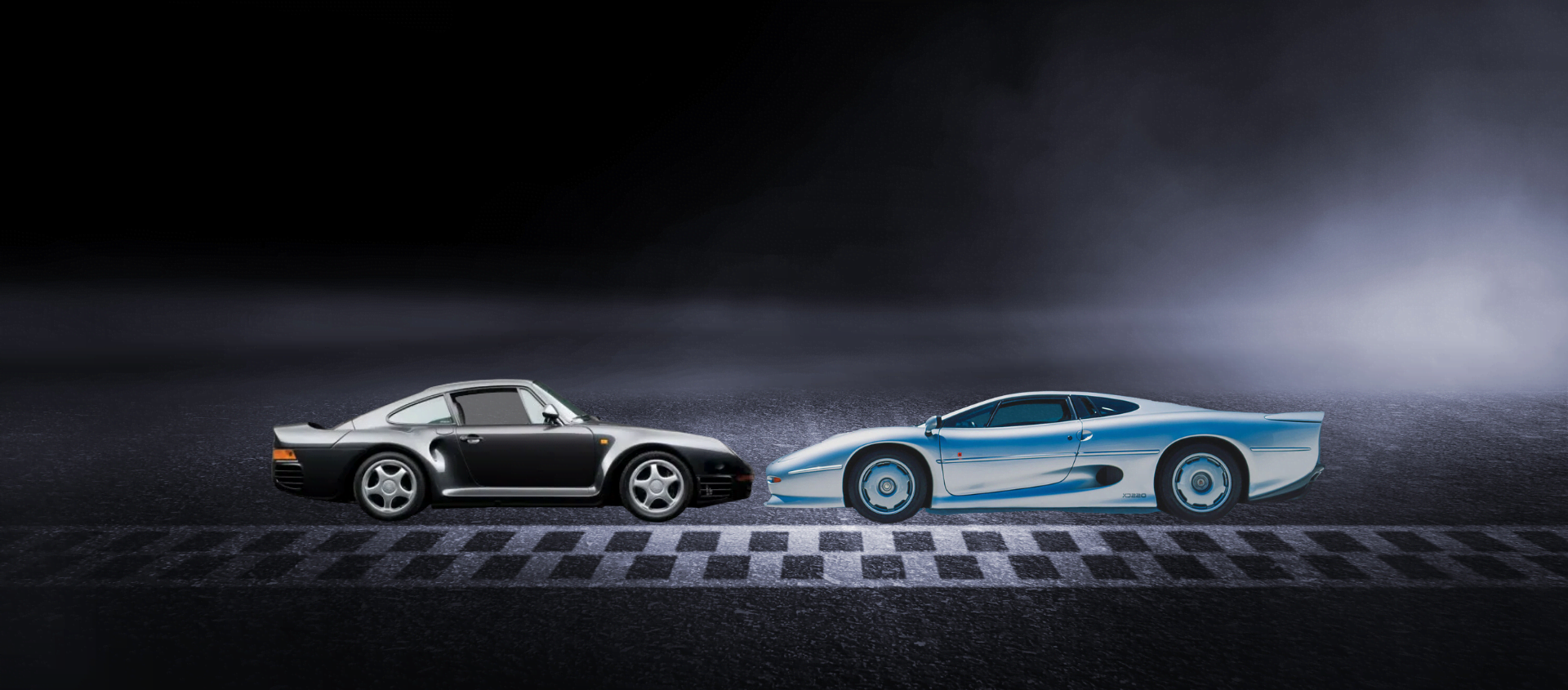Is all that glitters gold?
15 May 2020 2 min read 4 images

The end of the hedonistic 80s was fertile ground for car manufacturers who wanted to try their hand at expensive technological showcases. Added to this was the surge in value of vintage cars (the famous 1989 boom), so for each new supercar car launched, sellers filled their order books in a snap. Mission accomplished?
Register to unlock this article
Signing up is free and gives you access to hundreds of articles and additional benefits. See what’s included in your free membership. See what's included in your free membership.
Already have an account? Log In